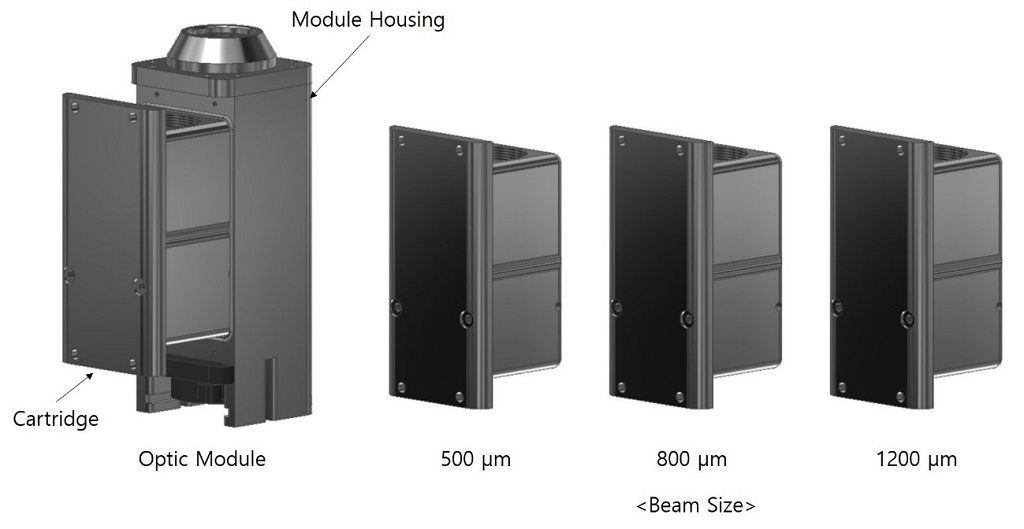![InssTek’s new cartridge system [Image: InssTek]](https://fabbaloo.com/wp-content/uploads/2020/05/insstekcartridge_img_5eb09d6f876c0.jpg)
A new cartridge system means InssTek customers don’t have to choose between fast and fine for metal 3D printing.
Established in 2001, South Korean company InssTek has introduced some interesting offerings in metal 3D printing over the years, with 3D printers both large and small. The company’s specialty is DMT, or Direct Metal Tooling, a DED-type process that uses standard industrial metal powders and an impressive closed loop system. DED offers both manufacturing and repair capabilities, as well as the still-fairly-unique-in-3D-printing capability of mixing metals within the same print.
InssTek notes that its machines offer careful control and accuracy, explaining:
“For instance, it is possible to equip each machine with a variety of powder hoppers for different metal powders, whereby each hopper can be individually controlled with a powder delivery accuracy of up to 0.1 g / min. A permanent closed-loop feedback control mechanism ensures that the meltpool is measured and optimized up to 100 times per second. An absolutely homogeneous internal structure with maximum density is the result. Furthermore, the new control and CAM software offers a permanent, flowing movement of all 5 axes.”
A new feature, available from the second half of this year for new machines, is set to propel InssTek’s offerings toward enhanced user friendliness.
A cartridge system for the optics will enable users to easily swap out lenses and accessories to achieve different resolution characteristics.
“The optics of our machine have always been the core of our technology. It is completely designed and made by ourselves was very accurate and sensitive. The downside was that it was not flexible,” Han-Zu Haller, Sales Director, InssTek, tells me of the latest development. “Now with our new cartridge system we think we reached also the flexibility.”
The company notes that their existing machines required users to select a module for their optics. Depending on that selection, a meltpool size of between 500 and 1800 μm in diameter was available for their work. Users had to select either a small module for “fine, complex geometry” or a larger module better suited for “larger volume and higher speed.”
What had been an ‘either/or’ scenario has now turned to ‘both’ as the company explains:
“The optics have been redesigned in a way that essential lenses and accessories have been mounted in a compact cartridge, which can be easily exchanged by any machine operator, even without extensive training. Furthermore, all lenses are now commercially available lenses on the market. It makes the machine more price competitive and maintenance and repair more easy.”
Modularity in machine design allows for more adaptable functionality. One of the great benefits of 3D printing is that the technology is suited for a large number of jobs, swapping out from project to project with a change of designs rather than requiring a full change of new tooling.
Many manufacturers are looking to increase the offerings of their machines, integrating subtractive processes for hybrid manufacturing or allowing for customization with modularity. Such options are appealing to potential customers who are looking for efficiency, scalability, and/or the capability to perform multiple types of work or R&D.
For its part, InssTek also says that its new cartridge system “allows not just different resolutions with just one machine but proves to be more efficient in cladding operation.” Not just a slight change, then, but also an improvement in performance. InssTek’s machines see their most popular use in materials research in university and research labs, where adaptability is often an advantage.
As additive manufacturing continues to mature, those behind the technologies will continue to explore options and functionality. For a technology so well suited to customization, it’s a nice parallel to have customizable equipment as well.
Via InssTek











An Austrian company has developed an incredibly sophisticated end-to-end automation system for metal 3D print post processing.